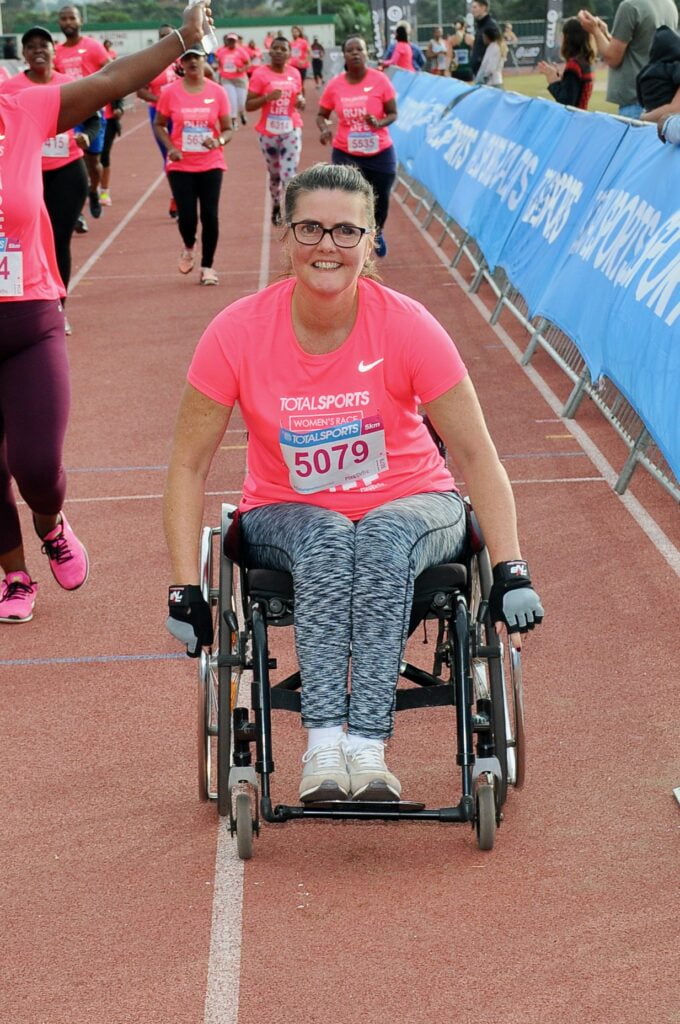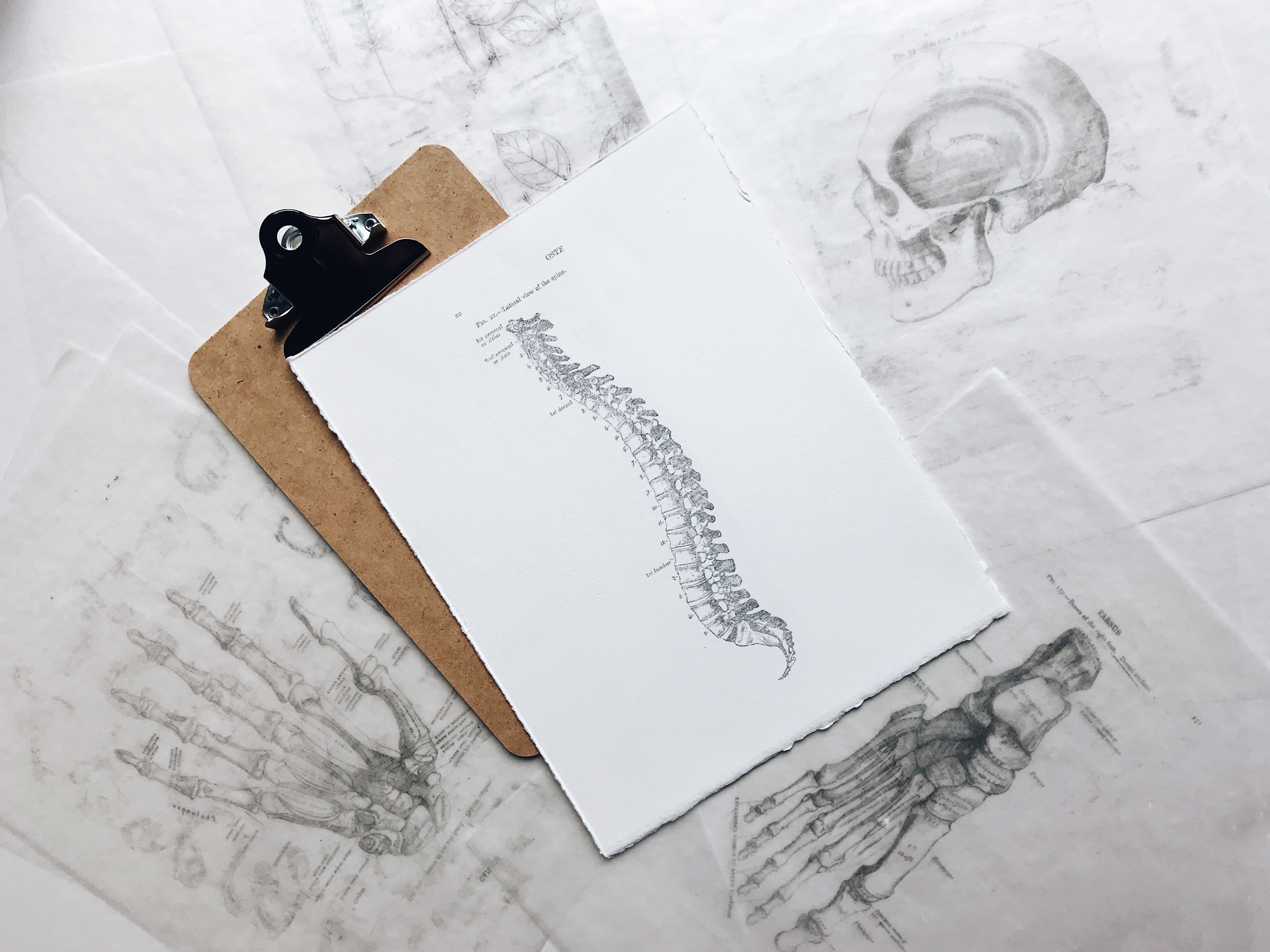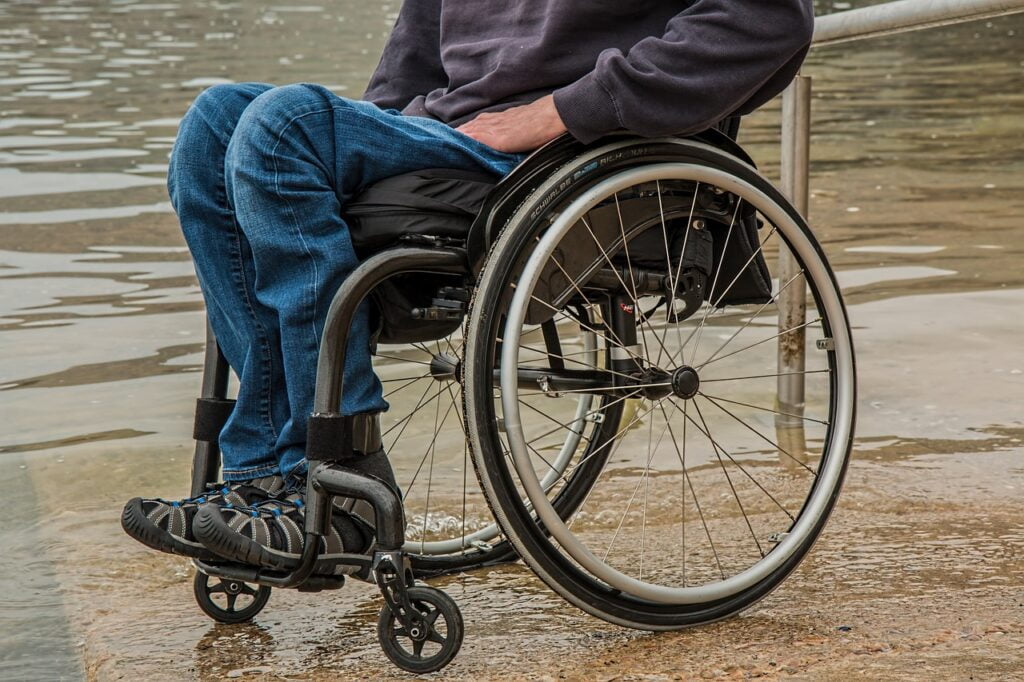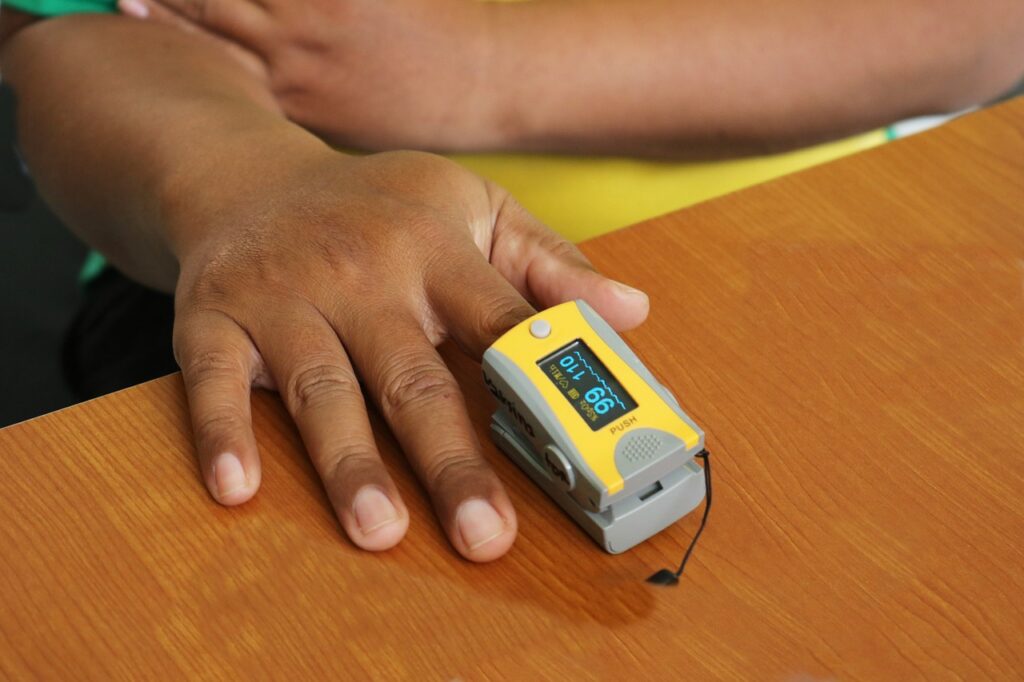Maintaining physical and mental well-being while using a wheelchair is crucial for leading a fulfilling and healthy life. Here are some important aspects to consider:
1. Exercise and Physical Activity:
- Consult a healthcare professional before starting any exercise routine. They can help tailor exercises to your specific needs, abilities and your personal fitness goals.
- Focus on exercises that improve cardiovascular health, strength, flexibility, and balance.
- Wheelchair-specific exercises include resistance training for upper body strength, seated leg lifts (if possible), and wheelchair sprints for cardiovascular fitness.
- Participate in adaptive sports like wheelchair basketball, tennis, or racing for a fun way to stay active and social.

2. Nutrition

- Maintain a balanced and nutritious diet rich in a wide variety of fruits, vegetables, lean proteins, whole grains, and healthy fats.
- Consider working with a dietitian to create a personalized meal plan that meets your nutritional requirements.
- Stay hydrated to support bodily functions and prevent common issues like pressure sores.
3. Pain Management
- Ensure proper wheelchair setup and posture to minimize the risk of pain or discomfort.
- Perform regular stretches and range-of-motion exercises to prevent muscle tightness and joint stiffness.
- Use cushions and padding to distribute pressure and reduce the risk of pressure sores.
- Communicate with healthcare professionals about any pain you experience for proper assessment and management. Don’t allow it to get out of hand!

4. Mental Well-being

- Practice mindfulness and relaxation techniques to manage stress and anxiety.
- Engage in hobbies, social activities, and spending time with loved ones to maintain a positive outlook.
- Consider joining support groups or seeking therapy to address emotional challenges related to using a wheelchair.
5. Accessible Self Care
- Prioritize self-care routines that are accessible and enjoyable. This could include reading, listening to music, practicing personal grooming, or taking relaxing baths.
- Use adaptive tools to make self-care activities more comfortable, such as long-handled brushes, grab rails or adaptive shower chairs.
- Maintain a positive body image by focusing on your abilities and achievements.

6. Mobility and Independence

- Ensure your wheelchair is well-maintained and properly fitted to prevent discomfort and complications.
- Learn and practice proper wheelchair propulsion techniques to avoid strain and injuries.
- Where- and whenever possible, adapt your vehicle to suit your particular driving needs.
- Explore accessible transportation options to maintain independence and access various places.
7. Social Support

- Stay connected with friends, family, and support groups to combat feelings of isolation.
- Engage in online communities or local meet-ups with others, including other wheelchair users to share experiences and advice.
8. Regular Health Check-ups

- Schedule routine medical appointments to monitor your overall health and address any concerns promptly.
Remember that every individual’s experience is unique, and it’s essential to tailor these guidelines to your specific needs and preferences. Always consult healthcare professionals for personalized advice and support.
